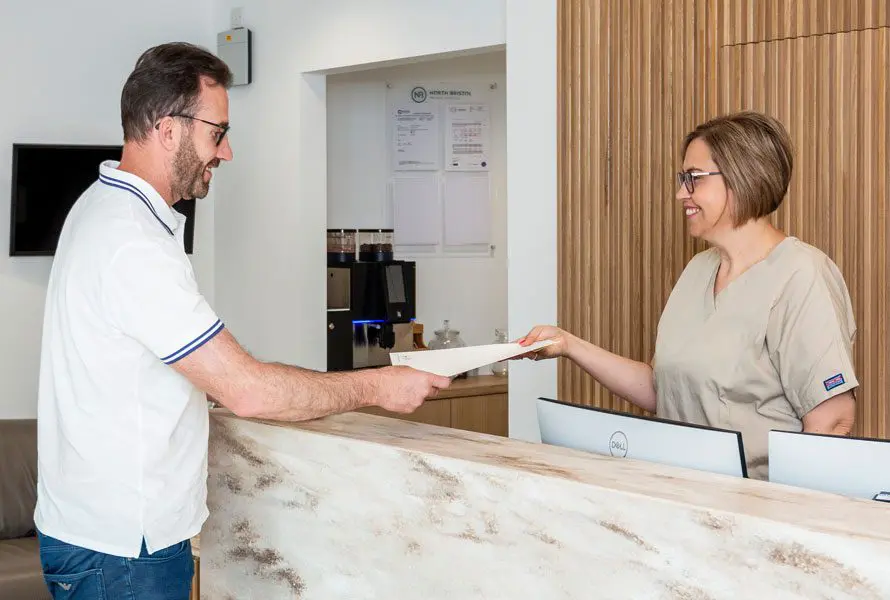Skin Surgery
Skin Lesions Removal
Skin Lesions are small lumps located on or just beneath your skin.
Book a Consultation Today
Moles, skin tags, lipomata and epidermoid cysts are all examples of skin lesions.
While benign skin lesions like these are usually harmless, you may not like the way they look. Or they may be catching on clothing or jewellery.
At North Bristol Private Hospital, our specialists can advise on skin lesions and remove them at the hospital, without the need for an overnight stay.
If skin lesions have been bothering you for some time, removing them is a relatively simple and painless process and you’ll be delighted by the results.
In this page, we look at:
- What is a skin lesion
- What happens during excision of skin lesions?
What is a skin lesion?
Benign skin lesion is the term for a range of lumps and bumps that can occur on the body. They are found on or just below the skin.
Some examples of skin lesions are epidermoid cysts, lipomata (benign tumour of fatty tissue), skin tags and moles. Many benign lesions occur over time as our body ages, and you may see them as unwelcome changes to your body.
Benign (non cancerous) lesions can simply be left alone. They are usually harmless and do not need to be removed. However, you may be advised to have a skin lesion removed if it interferes with your everyday life or it becomes cancerous. You may also decide to have a skin lesion removed because you do not like the way that it looks.
What happens during excision of skin lesions?
At North Bristol Private Hospital, skin lesions are usually removed surgically, under local anaesthetic, and does not require an overnight stay.
After careful examination the area around the lesion will be cleaned with anti-bacterial solution to limit infection. A surgical drape may be placed around the area to ensure a sterile working area.
The lesion will be placed in a specimen jar and sent to a lab for analysis. Your wound will be closed with stitches and covered with a dressing.
Frequently asked questions
Scarring from skin lesion removal should be minimal and fades significantly after three months. Temporary side effects may include swelling, bruising and some pain.
Complications are rare but may include:
- Bleeding
- Pain
- Unsightly scarring
- Infection at the site of surgery (wound)
- Nerve damage
- An epidermoid cyst or a lipoma can return
- A larger operation may be required
- Wound breakdown (skin fails to heal)
You should be able to return home shortly after the procedure. As long as your work does not put a strain on your stitches, you should be able to return to work the very next day. It is unlikely that these procedures will stop you from carrying out your daily activities.
The area treated may be red and raised for a while. If you have had stitches we will advise you when to come back in to have them removed. Dissolvable stitches will usually disappear between 10 to 14 days after surgery.
Pain is usually minimal and can be managed with over-the-counter pain relief.
The procedure is normally carried out under a local anaesthetic, in an outpatient clinic at the hospital.
Pain during recovery is usually minimal and can be managed with over-the-counter pain relief. Depending on the sort of lesion you have had removed and where it is on your body, you will be advised to avoid stretching the skin in the area where surgery has taken place while you still have stitches.
 View all Google Reviews
View all Google Reviews

 Site by
Site by 